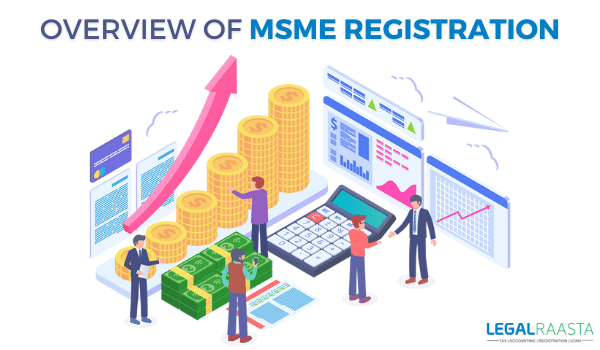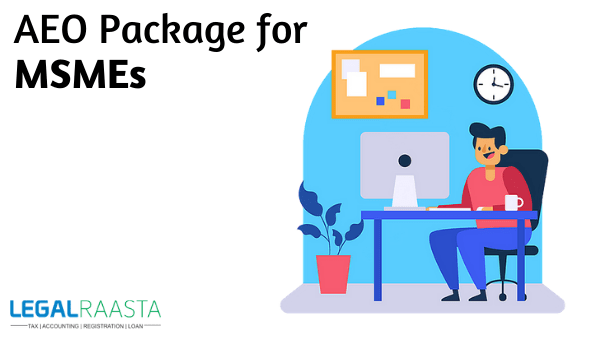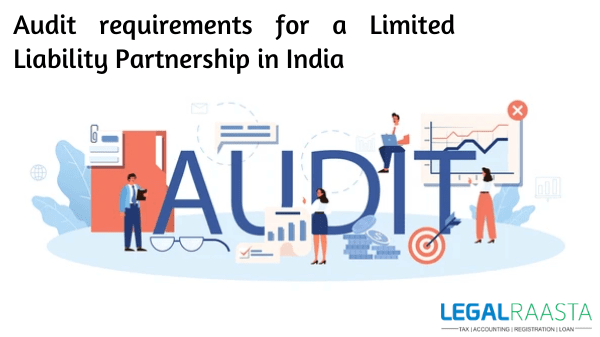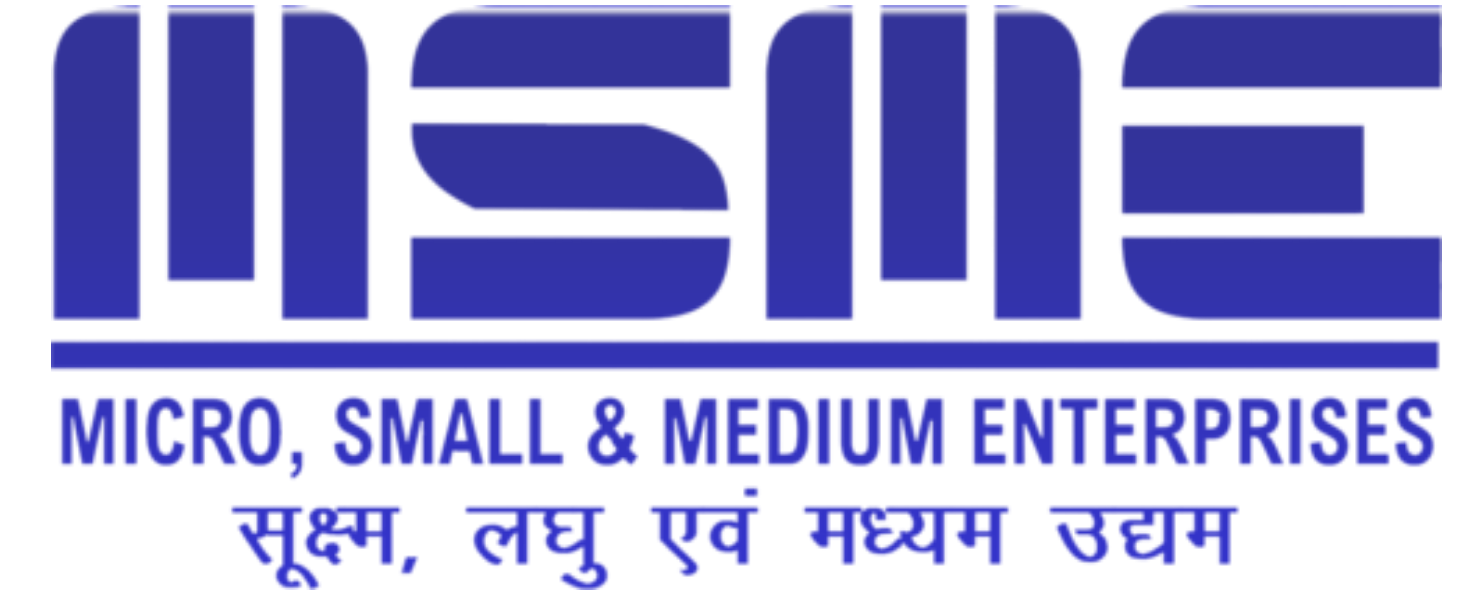लघु वित्त बैंक लाइसेंस: उद्देश्य, नियम, प्रमुख चुनौतियाँ
लघु वित्त बैंक एक प्रकार का बैंक होता है जो उन वर्गों की मदद करता है जिन्हें अन्य बैंकों से समर्थन नहीं मिलता है। लघु वित्त बैंक किफायती वर्गों को बुनियादी बैंक सुविधाएं प्रदान करते हैं जो अन्य बैंकों द्वारा समर्थित नहीं हैं। यह लघु व्यवसाय इकाइयों , लघु या सीमांत किसानों, सूक्ष्म या लघु उद्योगों को वित्तीय सहायता प्रदान करने में मदद करता है । इसमें छोटे पैमाने के व्यवसाय, असंगठित क्षेत्र, कम आय वाले घर, किसान आदि शामिल हैं।
लघु वित्त बैंक 2013 में अधिनियम के तहत सार्वजनिक लिमिटेड कंपनी के रूप में पंजीकृत हैं । यह बैंकिंग विनियमन अधिनियम 1949 की धारा 22 के तहत लाइसेंस प्राप्त है। यह बैंकिंग विनियमन अधिनियम 1949 और भारतीय रिज़र्व बैंक अधिनियम 1934 के प्रावधानों द्वारा शासित है। भारतीय रिजर्व बैंक अर्थव्यवस्था के कमजोर वर्गों अर्थात ग्रामीण और अर्ध-शहरी क्षेत्र।
छोटे वित्त बैंक अपने जमाकर्ताओं को चालू खातों और बचत खातों, सावधि जमा, वाणिज्यिक पत्र, पुनर्वित्त, आदि में निवेश करने देते हैं। बचत खातों पर वे 6-7% ब्याज दर प्रदान करते हैं। निश्चित खातों पर, वे 9% ब्याज दर और इतने पर प्रदान करते हैं।
लघु वित्त बैंक दो प्रकार के ऋण प्रदान करते हैं जो व्यक्तिगत और समूह ऋण होते हैं। समूह ऋण संयुक्त देयता पर पेश किए जाते हैं। यदि समूह का कोई सदस्य राशि का भुगतान करने में विफल रहता है तो पूरा समूह ऋण के लिए उत्तरदायी होता है।
छोटे वित्त समूहों को आरबीआई से हर बार पूर्व स्वीकृति की आवश्यकता होती है जब वे एक नई शाखा स्थापित करना चाहते हैं। लघु वित्त बैंकों को RBI द्वारा प्राथमिकता प्राप्त क्षेत्र ऋण (PSL) के तहत वर्गीकृत क्षेत्रों में अपने समायोजित नेट बैंक क्रेडिट (ANBC) के 75% का विस्तार करने की आवश्यकता है।
लघु वित्त बैंकों का उद्देश्य
- इसका मुख्य और प्रमुख उद्देश्य समाज के ग्रामीण और अर्ध-शहरी वर्गों के बीच बचत को बढ़ावा देने के लिए एक संस्थागत तंत्र प्रदान करना है।
- यह लघु व्यवसाय इकाइयों को ऋण की आपूर्ति में मदद करता है; छोटे और सीमांत किसान; सूक्ष्म और लघु उद्योग और अन्य असंगठित क्षेत्र।
लघु वित्त बैंकों के लिए नियम
- छोटे वित्त बैंक पिछड़े वर्गों को जमा और उधार धन देने की बुनियादी बैंकिंग सेवाओं का प्रदर्शन करेंगे।
- यह ग्रामीण लोगों के बीच बचत की आदतों को बढ़ावा देने के लिए बैंकिंग सुविधाएं प्रदान करेगा।
- ये छोटे वित्त बैंक सार्वजनिक सीमित कंपनी के रूप में स्थापित हैं। उनका प्रचार या तो व्यक्तियों, कॉर्पोरेट, ट्रस्ट या समाजों द्वारा किया जा सकता है।
- ये भारतीय रिज़र्व बैंक अधिनियम 1934 और बैंकिंग विनियमन अधिनियम 1949 के प्रावधानों द्वारा शासित हैं।
- लघु वित्त बैंक किसी अन्य अनुसूचित बैंक के विपरीत भारतीय रिज़र्व बैंक से धनराशि उधार नहीं ले सकते।
लघु वित्त बैंक की प्रमुख चुनौतियाँ
- एक आदर्श प्रौद्योगिकी मंच को बनाए रखना मुश्किल है जो लागत में कमी के रूप में लेनदेन और बैंक के लिए दोनों ग्राहकों के लिए फायदेमंद होगा।
- इससे पहले लघु वित्त बैंक एमएफआई ( माइक्रोफाइनेंस संस्थानों ) के रूप में कार्य कर रहे थे , लघु वित्तीय बैंकों ने पहले जमा को नहीं संभाला था।
- यह उन बुनियादी ढाँचों में निवेश करने के लिए आवश्यक है जो एटीएम नेटवर्क के माध्यम से जमा को सक्षम बनाता है और बैंकों के साथ साझेदारी करता है।
- पूंजी पर्याप्तता अनुपात, नकद आरक्षित अनुपात (सीआरआर) और वैधानिक तरलता अनुपात (एसएलआर) प्रबंधन के लिए एक पहलू होगा। जिसके परिणामस्वरूप कम आय प्राप्त होगी जब तक कि SFB उनके प्रबंधन के लिए पर्याप्त जमाकर्ता आधार विकसित नहीं कर लेता।
बैंकों के लिए पात्रता मानदंड
- मिन। अदा की गई पूंजी रु। 100 करोड़
- प्रवर्तकों का न्यूनतम प्रारंभिक योगदान 40% से अधिक है (प्रारंभ होने के 12 वर्षों के भीतर 26% तक खरीदा जा सकता है)
- निजी बैंकों के लिए एफडीआई नीति के अनुसार विदेशी शेयरधारिता
- वाणिज्यिक बैंकों के सभी विवेकपूर्ण मानदंडों और नियमों के अधीन
- 75% ANBC को PSL के रूप में वर्गीकृत क्षेत्रों में विस्तारित करें
- इसके लोन पोर्टफोलियो का कम से कम 50% लोन और 25 लाख तक एडवांस होना चाहिए
अक्सर पूछे जाने वाले प्रश्न
Q1-लघु वित्त बैंकों की आवश्यकता क्यों है?
छोटे वित्त बैंक रों देश में बैंक रहित और कम भरोसा क्षेत्रों में सूक्ष्म और छोटे उद्यमों, कृषि और बैंकिंग सेवाओं के लिए ऋण की आपूर्ति में एक महत्वपूर्ण भूमिका निभा सकते हैं। इसलिए आरबीआई ने निजी क्षेत्र में नए “छोटे वित्त बैंकों” को लाइसेंस देने का फैसला किया।
Q2-क्या भुगतान बैंक अनुसूचित बैंक हैं?
पेमेंट बैंक भारतीय रिज़र्व बैंक (RBI) द्वारा परिकल्पित बैंकों का एक नया मॉडल है। ये बैंक प्रतिबंधित जमा को स्वीकार कर सकते हैं, जो वर्तमान में प्रति ग्राहक restricted 100,000 तक सीमित है और इसे और बढ़ाया जा सकता है। ये बैंक ऋण और क्रेडिट कार्ड जारी नहीं कर सकते
Q3-छोटे वित्त बैंकों और वाणिज्यिक बैंकों के बीच क्या अंतर है?
ये बैंक लगभग वह सब कुछ कर सकते हैं जो एक सामान्य वाणिज्यिक बैंक कर सकता है लेकिन बहुत छोटे स्तर पर। ऐसा ही एक अंतर यह है कि भुगतान बैंक में प्रति खाता जमा राशि पर 1 लाख की सीमा है; छोटे वित्त बैंकों की सीमा नहीं है। भुगतान बैंक उधार नहीं दे सकते, जबकि छोटे वित्त बैंक ऋण दे सकते हैं।
Q4-भारत में कितने निजी बैंक हैं?
कुल मिलाकर, भारत में 21 निजी क्षेत्र के बैंक हैं। जिसमें से 13 पुराने निजी क्षेत्र के बैंक हैं जो राष्ट्रीयकरण 1969 से पहले भी मौजूद थे और अभी भी स्वायत्त और निजी हैं जो कैथोलिक सीरियन बैंक, सिटी यूनियन बैंक, आदि हैं।
Q5- क्या जन बैंक लघु वित्त बैंक सूचीबद्ध है?
पूर्व में जनलक्ष्मी फाइनेंशियल सर्विसेज, जन लघु वित्त बैंक, मार्च 2021 तक अपने शेयरों को सूचीबद्ध करना चाहता है। इसने 28 मार्च को परिचालन शुरू किया। माइक्रोफाइनेंस संस्था के रूप में, बेंगलुरु की जनलक्ष्मी ने 2017-18 में पूंजी के रूप में 16 अरब रुपये जुटाए।
निष्कर्ष
इस प्रकार हम कह सकते हैं कि छोटे वित्त बैंक उन वर्गों की मदद करते हैं जिन्हें अन्य बैंकों से समर्थन नहीं मिलता है। लघु वित्त बैंक किफायती वर्गों को बुनियादी बैंक सुविधाएं प्रदान करते हैं जो अन्य बैंकों द्वारा समर्थित नहीं हैं। वे कमजोर वर्गों के विकास के लिए महत्वपूर्ण हैं क्योंकि वे उन्हें बहुत आवश्यक वित्तीय सहायता प्रदान करते हैं।
एनबीएफसी पंजीकरण के बारे में अधिक जानकारी के लिए , छोटी व्यावसायिक इकाइयाँ आप हमारी वेबसाइट पर जा सकती हैं: कानूनी रास्ता । हमारे कर्मचारी आपकी मदद करेंगे और आपकी शंकाओं को दूर करेंगे और आपकी जिज्ञासाओं का खुशी से जवाब देंगे।
हम ट्रेडमार्क पंजीकरण, कंपनी पंजीकरण, FSSAI लाइसेंस जैसी कई प्रकार की कानूनी सेवाएं प्रदान करते हैं, और भी बहुत कुछ। तो, पूरी तरह से परेशानी मुक्त प्रक्रिया के लिए, “लीगलरैस्टा” की विशेषज्ञ टीम से संपर्क करें।
जल्दी करो! और हमें 8750008585 पर एक रिंग दें और आप अपनी क्वेरी ईमेल: contact@legalraasta.com पर भेज सकते हैं
संबंधित आलेख:
बीमा व्यवसाय में एनबीएफसी की भागीदारी









